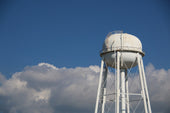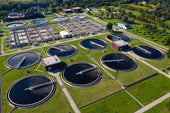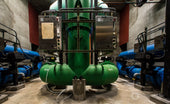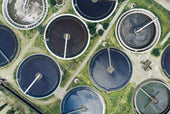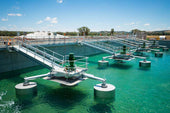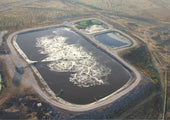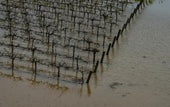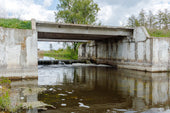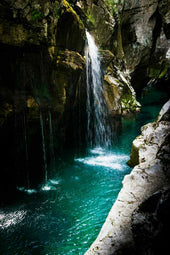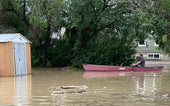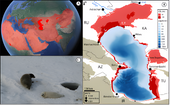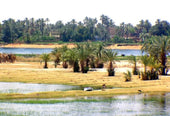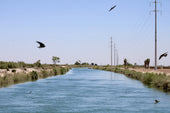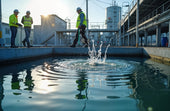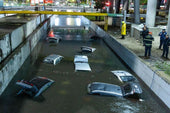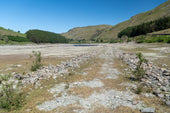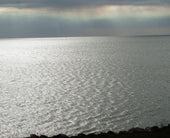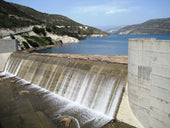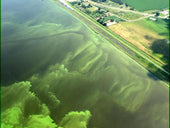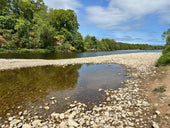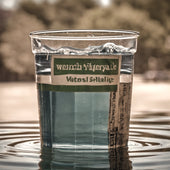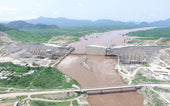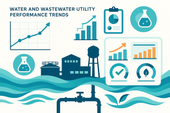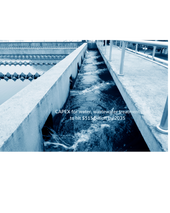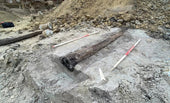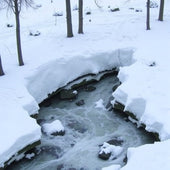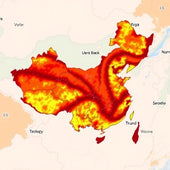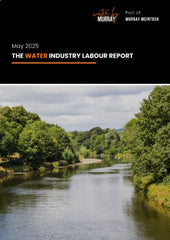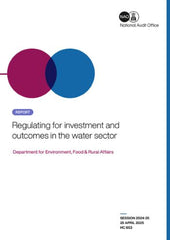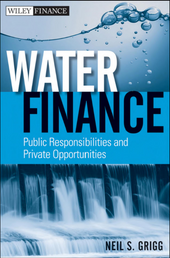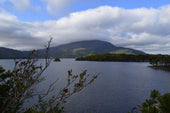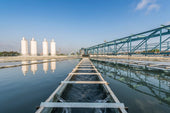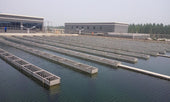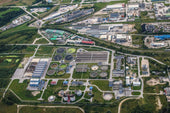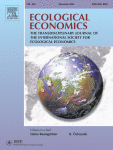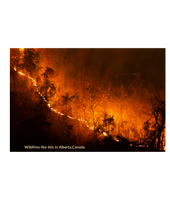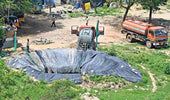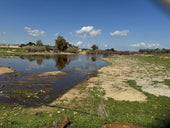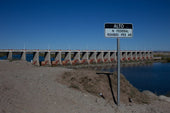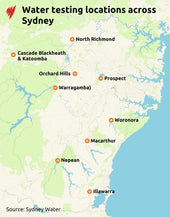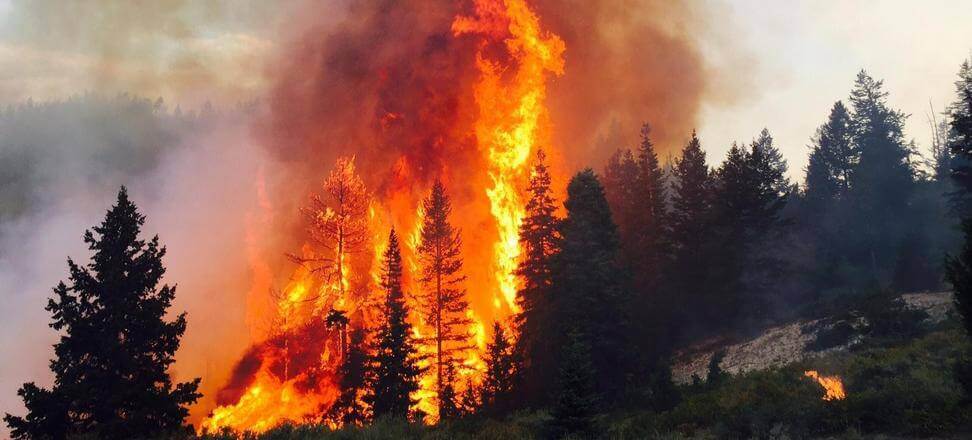
Forest fires and water quality – a regional problem
Forest fires can drastically degrade water quality, with consequences not only for people, but also for entire ecosystems. A new study by researchers at the University of Colorado Boulderdocumented 538 watersheds in the Western United States, of which 245 were affected by fires and 293 were a control group. The analysis covered the period from 1984 to 2021 and was based on 200,000 daily measurements of water quality, including concentrations of organic carbon, nitrogen, phosphorus, sediment and turbidity. The data collected allowed, for the first time ever, to describe in such detail the long-term changes in water quality that occurred after the fires on a regional scale.
Scale of change: from coal to sludge
A study published June 23 in the journal Communications Earth & Environment found that wildfires increase concentrations of key pollutants in surface waters many times over:
- Organic carbon (TOC, DOC): up to 462 percent from pre-fire levels;
- Nitrogen and phosphorus: up to 224 percent;
- sediments: up to 254 percent;
- Turbidity (TURB): an increase of up to 4420 percent.
The greatest changes were seen in the first five years after the fire, although elevated levels for some parameters, such as nitrates, persisted for up to eight years.
When does water quality deteriorate?
The use of advanced linear models, which take into account climatic variables such as precipitation, temperature, evaporation and surface runoff, made it possible to separate changes caused by fires from natural fluctuations in parameter values. As a result, US researchers were able to determine at what times and with what intensity water quality deterioration occurs.
The strongest responses were recorded in the first year after the fire, especially for indicators such as total and dissolved organic carbon, total phosphorus, suspended solids and turbidity. Increases in their values reached up to tens of thousands of percent relative to the pre-fire period. In the case of nitrogen and phosphorus, the responses were somewhat delayed – maximum concentrations usually appeared in the second or third year after the fire. Sediment resuspension indices (SSC and SSD) reached their maxima only in the fourth year, which may be related to the occurrence of landslides due to the weakening of the root system of plants in post-fire catchments.
How long do the effects of the fires last?
The length of the fires’ impact on water levels varied depending on the pollutant analyzed. For organic carbon, concentrations were elevated from 2 to 8 years after the fire. Inorganic nitrogen remained elevated for 5-8 years, while phosphorus remained elevated for 2-3 years. Sediment and turbidity remained elevated for 4-8 years.
The longevity of these changes can be associated with deep damage to soil layers and the slow process of vegetation recovery. The loss of vegetation cover, especially trees along with their root systems, leads to increased soil erosion and delayed release of nutrients into waterways. As a result, some substances, such as nitrates or suspended solids, do not reach maximum values until several years after the fire.
Influence of catchment characteristics on the intensity of change
The intensity of the response of aquatic ecosystems to fires was strongly related to the physical characteristics of the catchment. The larger the forested area in a catchment, the more pronounced the increases in concentrations of compounds such as organic carbon, nitrates and suspended solids. This relationship may be due to the large amount of biomass, which released more pollutants after burning, as well as more intense surface runoff following the loss of vegetation.
The condition of the catchment is also significantly affected by the level of urbanization – greater urbanization of areas was associated with a stronger increase in DOC and TDP concentrations. This was most likely due to deposition of atmospheric pollutants from fossil fuel emissions. In addition, the farther away from the estuary the fire areas were, the lower the phosphorus and sediment concentrations were, which may be the result of water dilution by tributaries from non-fire areas.
Practical lessons for water management
The study’s findings have important implications for water resources management institutions, especially in the context of climate change and the increasing frequency of fires. Water treatment plant managers should keep in mind that after a fire is extinguished, pollutant concentrations can increase for up to eight years. In extreme cases, these concentrations can be as much as 300 times higher than before the fire.
To prevent the negative effects of fires, it is necessary to implement short-term measures, such as increasing coagulant doses at elevated levels of organic matter, while investing in infrastructure, such as sedimentation basins, on a long-term basis. When planning specific solutions, the local characteristics of the catchment should be taken into account – more forested areas may require more intensive treatment of sediment, nitrogen and organic carbon from water.
Long-term effects of fires – a common denominator
The analysis, based on 38 years of data from more than 500 catchments, confirms that water quality degradation after fires is not incidental or short-lived, but can persist for many years.
While previous studies have focused mainly on the short-term impacts of wildfires, the current study indicates that their impact may be much longer and deeper than previously thought. In the context of increasing fire risk and climate pressures, these findings provide an important tool for strategic planning and enhancing the resilience of water systems.


